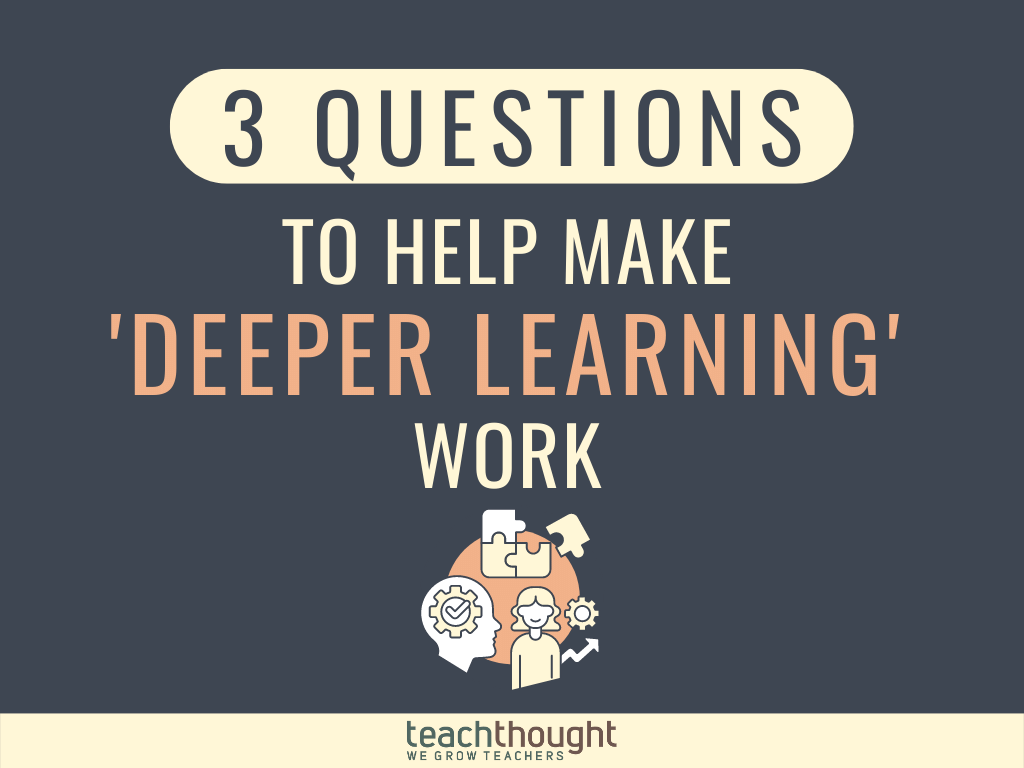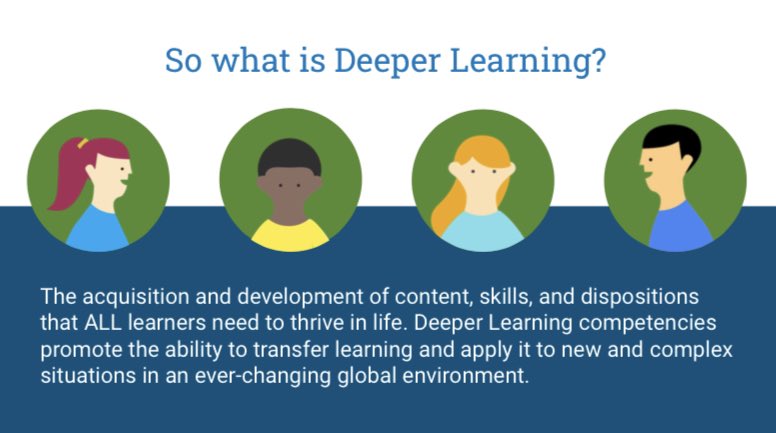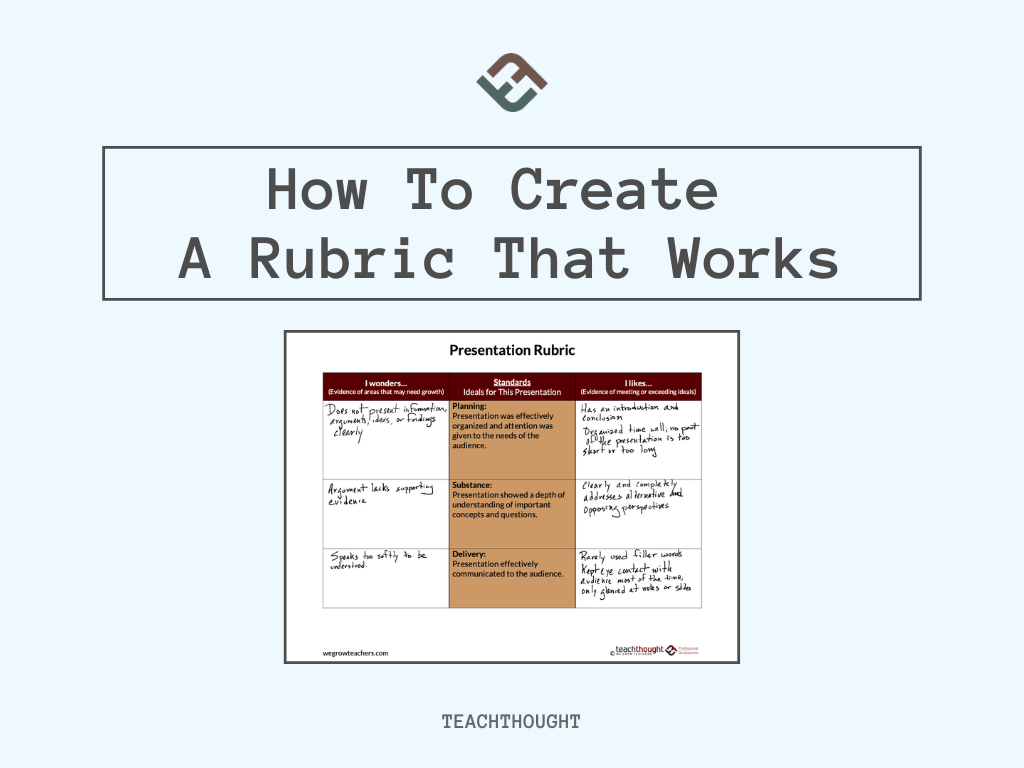
3 Questions To Help Make ‘Deeper Learning’ Work
contributed by Drew Perkins
As our home state of Kentucky embarks on a major initiative to provide more and better ‘deeper learning’ experiences for students we’re excited about the possibilities.
The ways in which schools and teachers operate are as important a driver of success in the modern world as ever. Deeper learning work in schools can bring joy and excitement to classrooms and the teachers and students in them with the promise of increased opportunity.
Kentucky, of course, is not the only place to embark on this kind of work, and the idea of deeper learning is not new in education. In fact, an argument can (and will) be made that education has tried to implement ‘deeper learning’ for many years and it’s been detrimental to students. While I don’t find that argument compelling, I do think it is important to critically evaluate such efforts and be clear about what can go wrong and what needs to happen to help ensure success.
There are certainly many ways to define deeper learning and Kentucky is defining it as:
“The acquisition and development of content, skills, and dispositions, that ALL learners need to thrive in life. Deeper Learning competencies promote the ability to transfer learning and apply it to new and complex situations in an ever-changing global environment.”

That’s as good a definition as any, and unpacking the first part through the lens of three questions helps think about how we do it well.
Acquiring and Developing Content, Skills, and Dispositions that ALL Learners Need to Thrive in Life.
1. What do you want students learn and think about?
One criticism of this kind of pedagogical approach is that it emphasizes a student-centered classroom in ways that lead to a lack of clarity of what students should be learning and thinking about. While there are a few instances where a discovery learning (students dictating what and how they learn) kind of approach might be appropriate, nearly all of our k-12 classrooms should feature teachers as instructional designers and leaders of learning.
This means that teachers, prior to students engaging with lessons or units, have set an academic and cognitive road map of what they want students to think and learn about. This would be the “content, skills, and dispositions.” We don’t want teachers building the plane as they’re flying it, nor do we want them wandering about the curriculum and learning landscape haphazardly based solely on student interests.
2. How will you teach students to learn those things?
Once we have clarity of the ‘what’ students will learn we need to consider the ‘how’ they’ll acquire those things. Here again, deeper learning kinds of educational approaches can lean so heavily into experiential learning that they might neglect effective scaffolding and assessment practices.
Effective deeper learning practices often include direct or explicit instruction and certainly shouldn’t dismiss those things in the name of student engagement. Instead, we should consider how that instruction is in service of and supporting what students need to know and learn and how that teaching can be cognitively, and perhaps even behaviorally engaging. It is also important to note that the direct instruction I’m referring to here is not the same as scripted lessons or drill-and-kill lectures.
Direct instructional guidance is defined as providing information that fully explains the concepts and procedures that students are required to learn as well as learning strategy support that is compatible with human cognitive architecture. -Paul Kirschner
3. How will you know what they learned, and what they didn’t?
A third, vital feature of effective deeper learning is assessment. Varied in form and style based on what we’re trying to determine, assessment should not be left to the end of a project, lesson, or unit. Instead, we need to be sure we’re assessing early and often and checking for knowledge, understanding, and skills of individual students and perhaps an evaluation of process and progress by groups when appropriate.
Parsing the desired content, skills, and dispositions out and using a variety of forms from traditional quizzes and tests to non-traditional forms that make thinking visible and lean into critical thinking like single-point rubrics, are essential in helping students and other stakeholders learn more deeply, identify where they have not, and determine how to differentiate in project-based learning so that they do.

Transferring and Applying Learning
Deeper learning work helps better prepare students for the modern world because it presents opportunities for them to wrestle with concepts, ideas, and knowledge in a culture of inquiry. When students are asked to cognitively engage with the content through critical thinking concepts like analysis, synthesis, and evaluation they form multiple connections that help with retrieval in other settings.
Add authenticity, relevance, and purpose in the form of project-based learning or other real-world opportunities often associated with ‘deeper learning’ and you’ve not only increased the possibilities of multiple connections but you’ve also increased the likelihood students are more committed to the work in ways that will pay off, not only in short term engagement but also in long-term benefits.
The appeal of deeper learning for schools and teachers is understandable and justified. After all who wants shallow learning? Even so, let’s not let the seduction of interesting and often ‘fun’ activities and exercises leave students with a less than deep experience because we’ve neglected structure, clarity, and best practices from start to finish.
Paul A. Kirschner, John Sweller & Richard E. Clark (2006) Why Minimal Guidance During Instruction Does Not Work: An Analysis of the Failure of Constructivist, Discovery, Problem-Based, Experiential, and Inquiry-Based Teaching, Educational Psychologist, 41:2, 75-86, DOI: 10.1207/s15326985ep4102_1